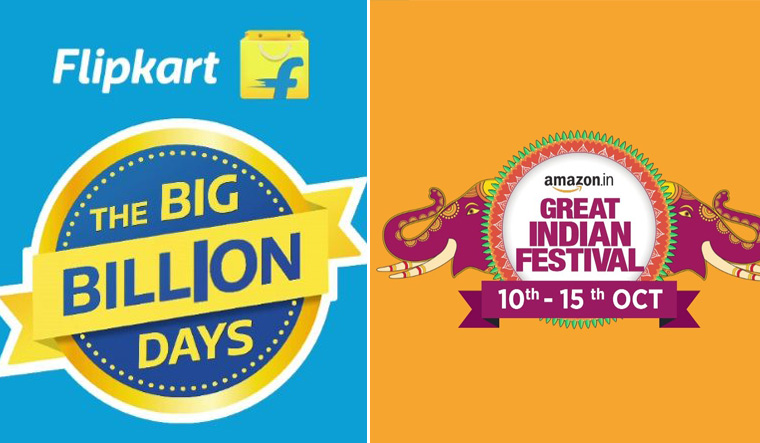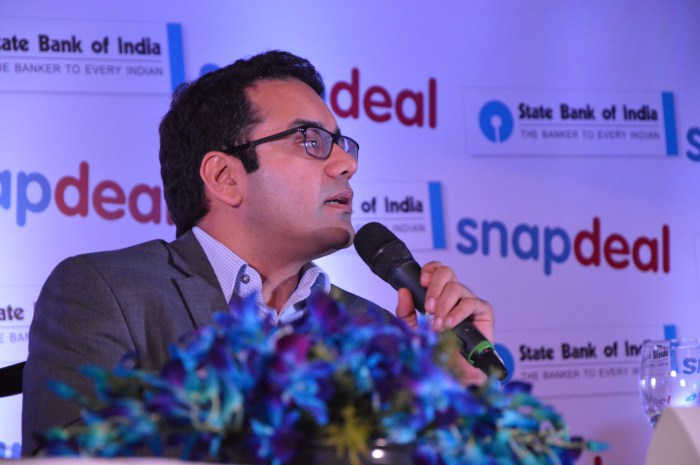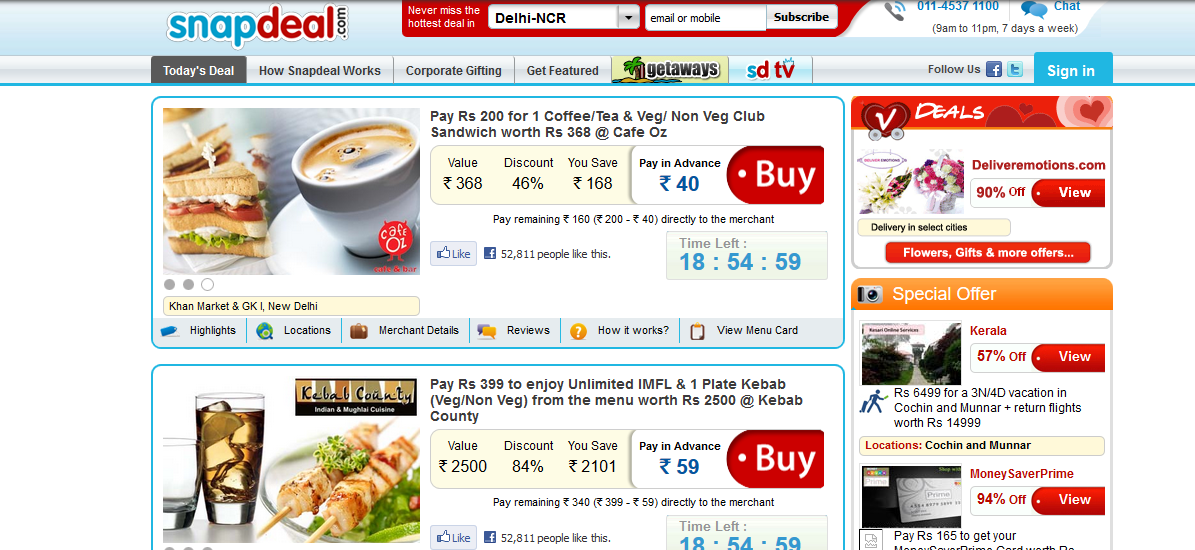The Festive Sales Came to an End, Earning Double Profits For Flipkart & Amazon

The festive sales in India, inspired by the Singles Day event in China and the Cyber Monday in the US, have been repeated a few times now. Flipkart’s Big Billion Days Sale was the first of its kind (India), that was organised in October 2014. The five days sale of Flipkart, and the six days Amazon’s festive sale, has come to an end, and after the sales, Flipkart has claimed its 70% market share in the Indian e-commerce market, and likewise, Amazon has also recorded a huge profit in the sales. In fact, both the companies have earned double of the profits they had gained in the previous year’s sale.
The profits, that Amazon has earned in this festive sale, have registered its best-ever performance, nearly equal to the Flipkart’s Big Billion Days Sale. Although Flipkart is still in lead, Amazon’s India head Amit Agarwal reportedly said that the sale has given outstanding results, and has gained more profits, before the end of the sales. Also, it has surpassed all the expectations. He also said. “There are two specific areas, where we pay particular attention to, which is: the new customers and the reach of those customers, and Prime member sign-ups.” The sales added 80% new customers from the rural area to the Amazon customer base, and there have been new sign-ups for Amazon’s Prime Membership. According to the reports, Amazon sold 1 million Xiaomi smartphones, and also, the one plus phones worth 400 crores, in a day.
On the other hand, Flipkart has gained two times more profits than the previous year’s sales, fashion products playing the most vital role in it. It also sold 3 million smartphones on a single day and has claimed 85% shares in the smartphone market on that same day. A Flipkart spokesperson said, “Gross merchandise value (GMV) grew 80 per cent over the last year, whereas units grew by close to 2X year-on-year.” According to Flipkart, the BBDS 2018 has smashed all its previous records. It also gained almost 50% more customer base for Flipkart and welcomed 25 million visitors on its app, on one of the sale days.
Both Amazon and Flipkart had introduced EMI and other new payment options to attract more customers from the rural areas of India. And, based on the sales, one must say that both have achieved beyond the targets. Along with Amazon and Flipkart, other e-commerce sites including Shopclues, Snapdeal and Paytm Mall also organised their festive sales and has seen a surge in their profits this year.

Yashica is a Software Engineer turned Content Writer, who loves to write on social causes and expertise in writing technical stuff. She loves to watch movies and explore new places. She believes that you need to live once before you die. So experimenting with her life and career choices, she is trying to live her life to the fullest.



